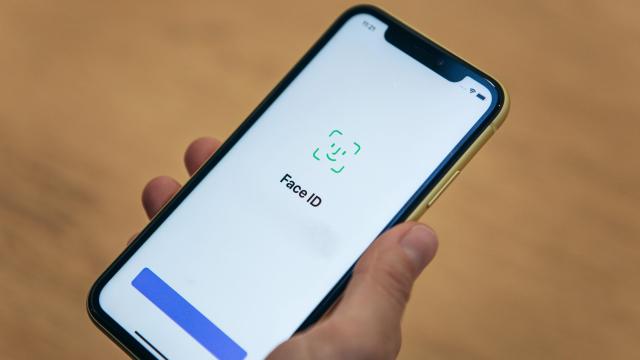Big Brother! 1984! Scary buzzwords! Look, it’s understandable why you’d be sceptical of big tech, especially when their products ask for more and more of your personal data. But let’s focus on one specific issue today: Apple’s Face ID is absolutely, totally, uncontroversially safe to use, and it only makes your iPhone more secure.
If you’re used to a smartphone that unlocked using a fingerprint or even just a passcode, the idea of that device scanning your face might be unnerving. With all the talk of facial recognition and smartphone tracking, you might think it’s a bit of a slippery slope to allow Apple to have something as important as your face.
The thing is, Apple’s no Arya Stark, and the company never actually gets to see that Face ID information. Not only that, but Face ID doesn’t actually involve taking a photo of your face at all. If you were to take a look at what your iPhone uses to make Face ID work, it would be an unrecognizable jumble of maths.
Why Face ID is so secure
When you set up Face ID for the first time, your iPhone beams out 30,000 invisible dots from the TrueDepth camera to scan your face. As previously mentioned, it doesn’t take a photo of your face; instead, it takes the information from all those invisible dots, and converts it into a “mathematical representation,” data that neither you, I, nor Apple could understand just by looking at it.
That data is then encrypted, and saved to what Apple calls a “Secure Enclave” on your device. That part is key; your encrypted Face ID information never leaves your iPhone. It doesn’t get uploaded to iCloud when you make a backup, it isn’t sent to any Apple servers, it simply lives on your iPhone and never leaves.
And since it’s encrypted, only your iPhone is able to interpret the data. No other device is able to read that “mathematical representation,” so it would be useless for a company like Apple to even take that data in the first place.
How does Face ID work, then?
OK, if your iPhone doesn’t have a photo of your face, how does it know that you’re you when you go to unlock your phone? That’s where things get cool. When you unlock your iPhone, the TrueDepth camera beams those 30,000 dots back onto your face, and creates another mathematical representation from that data. It then compares that string of maths to the mathematical representation saved on your device. If it’s a match, then you’re in. If not, that’s when you get the shaking lock icon.
The bottom line is this: Apple doesn’t see your face, and neither, really, does your iPhone. Apple doesn’t see your Face ID data; it’s securely stored on your iPhone, only accessible by you. The same goes for any apps that use Face ID for authentication, like when you buy something on your iPhone. That app is only allowed to know whether or not the face scan was a match, and cannot access any of the Face ID data in the process.
Here are some more encouraging stats, too. If you’re coming from an iPhone with Touch ID, Face ID is 20 times more secure. Apple claims the chances a stranger can fool Touch ID is one in 50,000. With Face ID, Apple states it’s one in a million. It’s also based on depth information, which requires a real face to accomplish. 2D images, like photographs, aren’t likely to fool the sensors.
Face ID is safe and secure, and paired with a good passcode, it can help ensure your iPhone is never accessed by anyone other than yourself or an approved person. So, the next time your iPhone wants to scan your face, feel free to let it, and be comforted in the knowledge that neither your phone, nor Apple, is really looking at you.

Leave a Reply
You must be logged in to post a comment.